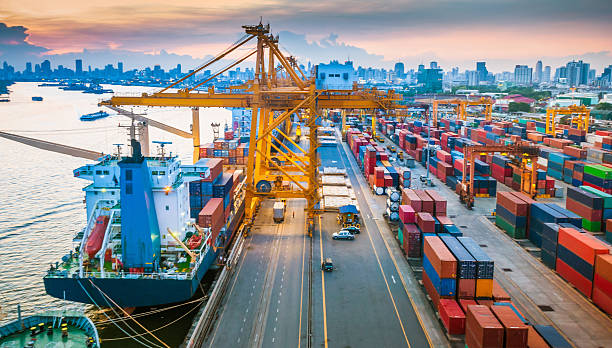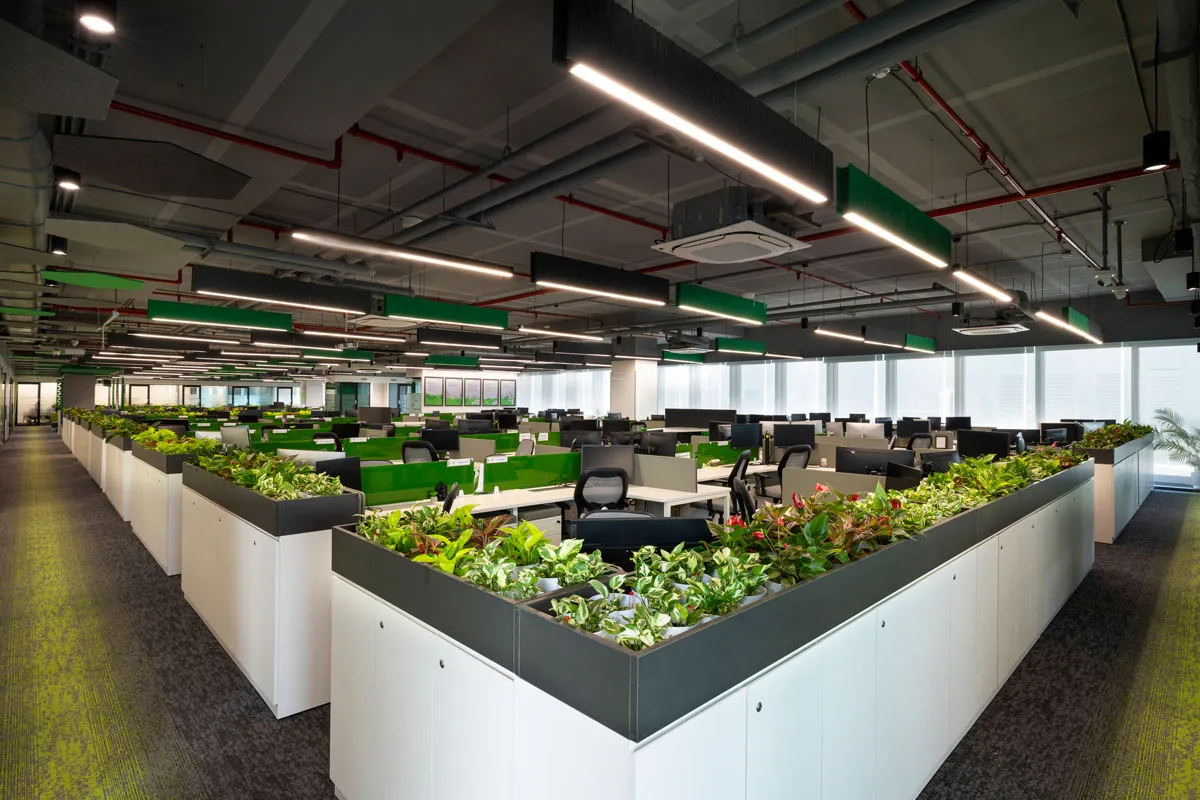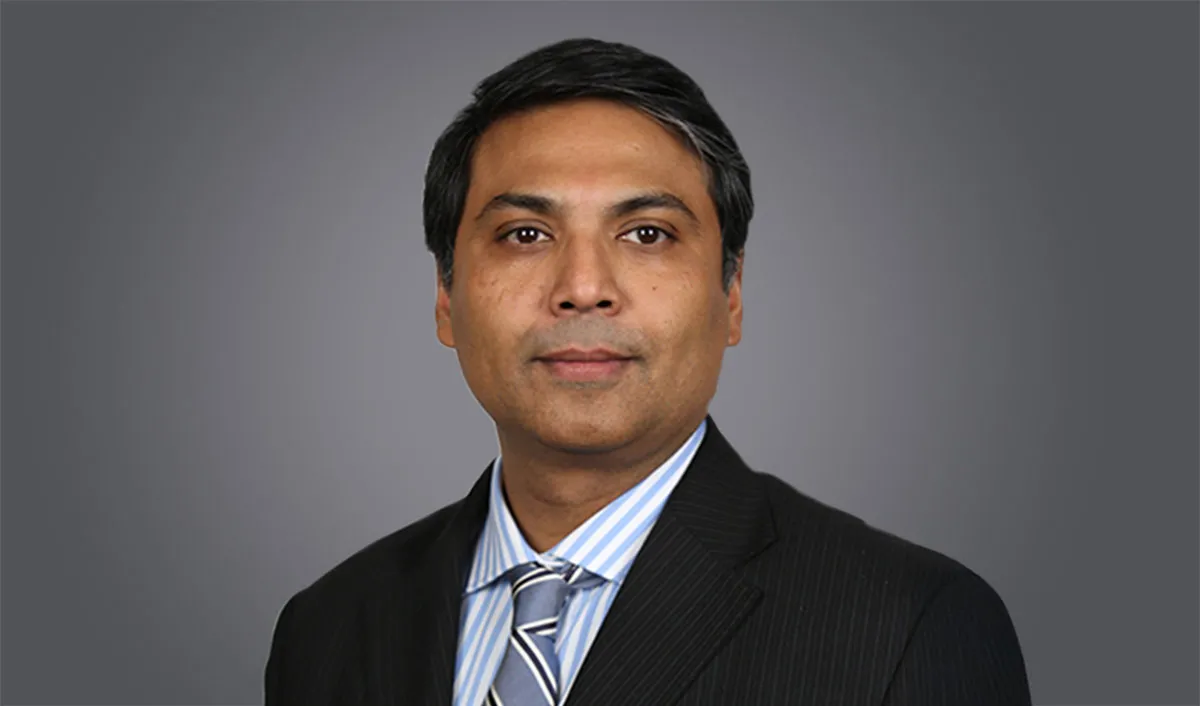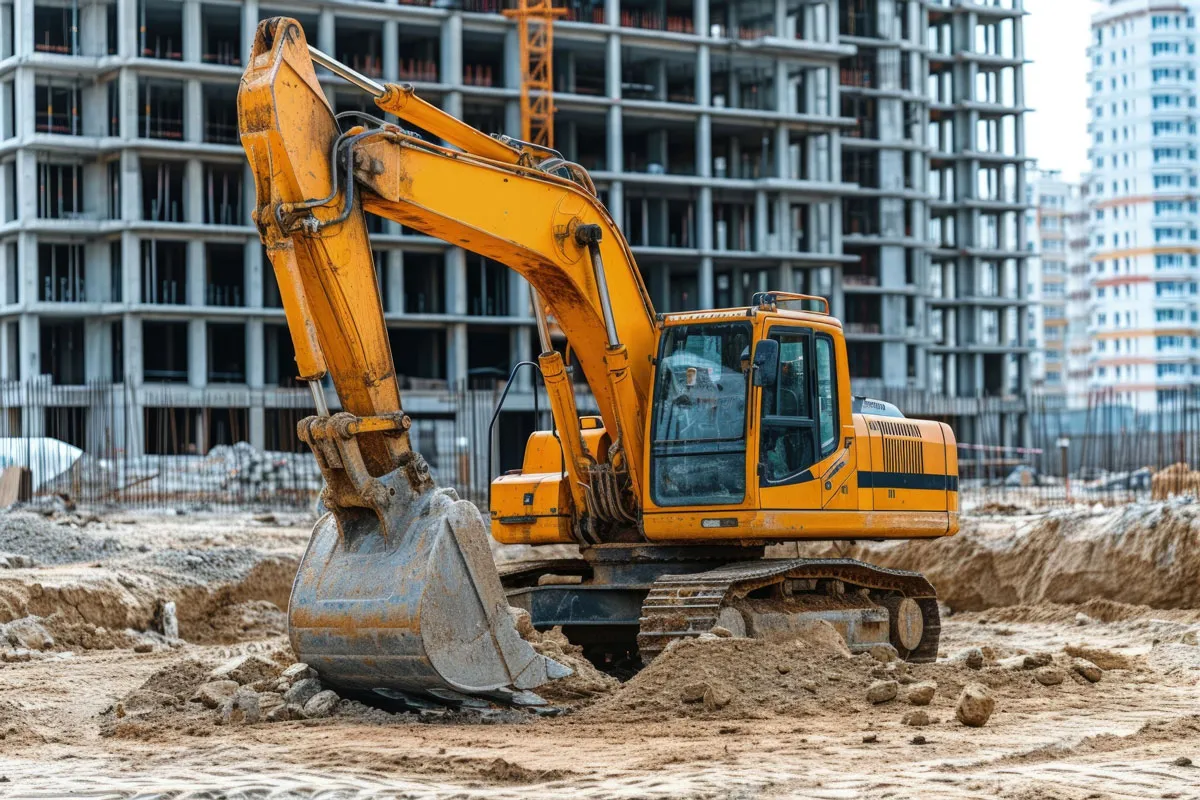
Exports in India record $15 bn revenue in first half of August

iWO(R)K
It is commonly believed that technology is the key differentiator between a smart and an ordinary workspace. While that is true on one level, it isn’t the whole truth. Conceptually, smartness as associated with an office has evolved from technological novelty to holistic sustainability, workplaces that not only perform but also inspire, explains Dikshu Kukreja, Managing Principal, CP Kukreja Architects. “A truly smart workplace is not simply a matter of embedding devices or automated systems; it is about creating an ecosystem that balances digital intelligence, ecological sensiti..

Bentley’s AI-Driven Infrastructure Vision
Kaushik Chakraborty, Senior Vice President, Asia Pacific & Japan, Bentley Systems, shares with PRATAP PADODE, Editor-in-Chief, CW, how Bentley is reshaping infrastructure. Through AI, model-centric workflows and innovation, technology is helping deliver projects faster, greener and more efficiently across regions.How does Bentley’s global strategy ensure its solutions meet diverse infrastructure needs?Bentley’s technology is designed to scale globally. Projects large and small – from a hotel in Udevo to a 350-km highway in Australia – demonstrate that technology is no bar..

Handling the Bottom Line
In a highly competitive construction environment, efficient material handling is “the silent engine of profitability”, to quote Vaibhav Kulkarni, General Manager Projects, JP Infra Realty. “It’s not just about moving materials from A to B but developing a strategy to minimise touchpoints, reduce waste and maximise spends.”Planning stageBefore investing in material, Kulkarni recommends designing the material flow. “Map the journey of major materials from the delivery point to their final placement,” he recommends. While doing this, “minimise double-handling and identif..
















